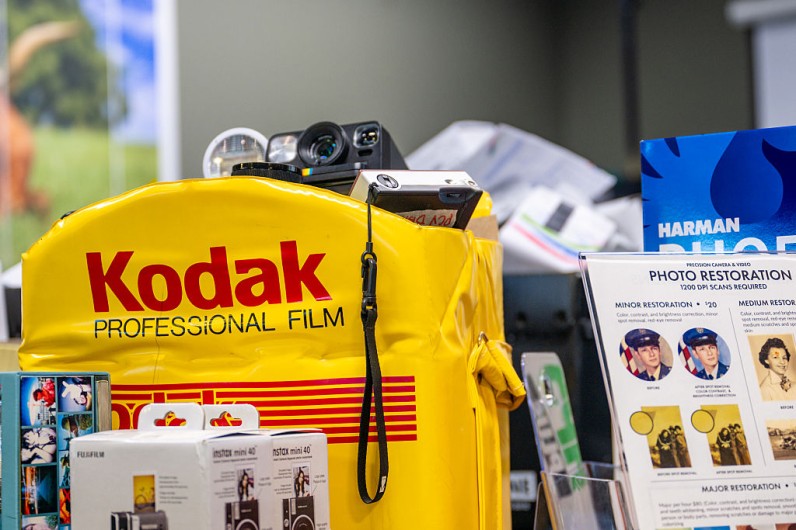
Eastman Kodak, the iconic 133-year-old photography company, is warning investors that it may not survive unless it secures a financial lifeline.
In its latest earnings report, the company disclosed it lacks "committed financing or available liquidity" to meet roughly $500 million in upcoming debt obligations.
"These conditions raise substantial doubt about the company's ability to continue as a going concern," Kodak stated in a filing Monday.
To tackle its growing debt, Kodak plans to pause contributions to its retirement pension plan and is looking for other ways to bring in cash.
A company spokesperson told CNN that Kodak is "confident it will be able to pay off a significant portion of its term loan well before it becomes due, and amend, extend or refinance our remaining debt and/or preferred stock obligations."
Even with these steps, Kodak's stock dropped over 25% during midday trading on Tuesday.
Kodak's CEO, Jim Continenza, said the company made progress on its long-term plans in the second quarter, despite facing a challenging business environment.
Kodak, once synonymous with the “Kodak moment,” says there’s “substantial doubt” it can survive as debt mounts. The 136-year-old company has shifted from cameras to printers, film and licensing after years of decline. https://t.co/3wuvHtsGSc pic.twitter.com/WavF8Ag4OU
— CBS Evening News (@CBSEveningNews) August 12, 2025
George Eastman's Kodak Revolution Meets 21st-Century Struggles
The company added that tariffs are not expected to significantly impact operations, as it manufactures many of its products—including cameras, inks, and film—domestically.
Kodak's history is filled with innovation and dramatic ups and downs. Founded in 1879 by George Eastman, Kodak sold its first camera in 1888 for $25, bringing photography to everyday people.
Eastman famously coined the slogan: "You push the button, we do the rest." By the 1970s, Kodak dominated the US film and camera market, even inspiring cultural references like Paul Simon's 1973 song about the brand, NY Post said.
However, Kodak's decline began when it failed to capitalize on its own invention—the digital camera, first developed by the company in 1975.
This misstep, along with rising competition and financial mismanagement, led Kodak to file for bankruptcy in 2012, listing 100,000 creditors and $6.75 billion in debt.
In recent years, Kodak pivoted to industrial printing, branded products, and, briefly in 2020, pharmaceutical ingredient production under a $765 million government loan.
That pivot caused the company's stock to surge dramatically, briefly triggering multiple trading circuit breakers.







Join the Conversation